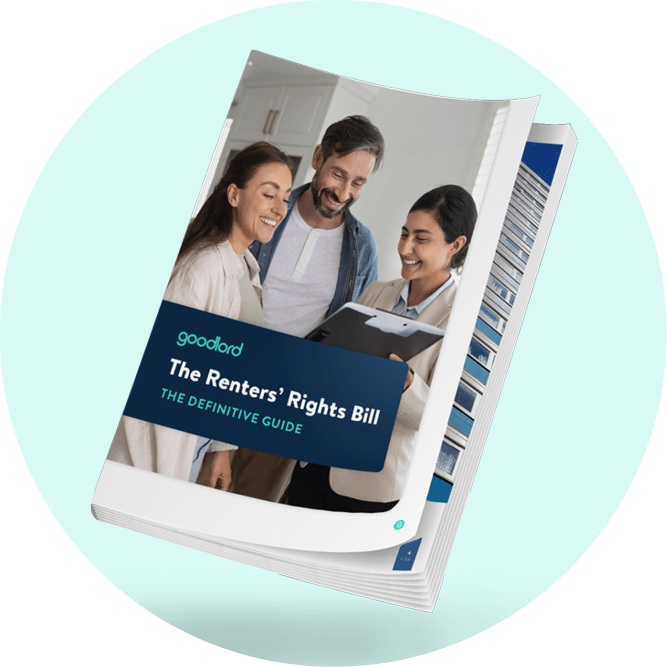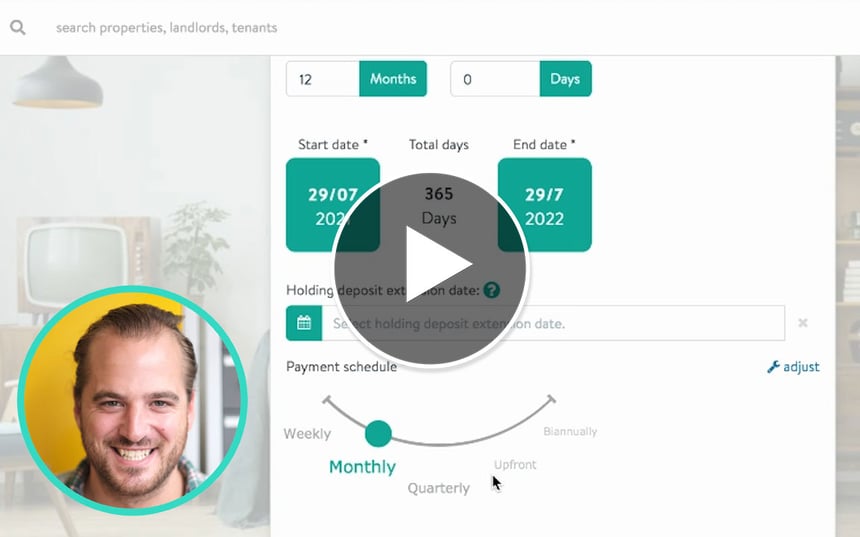Data shows UK renters rush to secure new properties in March
Goodlord reveals key figures for the private rented sector in March 2020 based on tenancies processed through our platform, including average rents, tenancy lengths, voidage periods and more, in the Goodlord Rental Index.
The UK rental market has taken a big hit due to the coronavirus shut down, shows Goodlord's daily Tenancy Volume Index and March Rental Index. With tenants now either unable or unwilling to move, the latest figures show a steep decline in new tenancies being processed. However, the data also suggests a rental surge took place in early March, as tenants scrambled to sign new contracts before more stringent social distancing measures came into force.
According to Goodlord’s daily Tenancy Volume Index, which is updated in real time, the first week of March saw a surge in new letting applications, before they fell away from the 7th March onwards as the number of UK COVID-19 cases began to increase. Completed lets tracked far higher than 2019 averages for the following fortnight, with tenants and agents pushing to finalise as many outstanding applications as possible.
Since the 20th March, when isolation measures for the UK population were stepped up, applications and completions have dropped far below 2019 averages. The industry has not, however, ground to a halt. Tenancy volumes continue to sit at around 60% compared to this time last year, reflecting the fact that new tenancies continue to fuel modest demand.
Thanks to the surge in contract completions ahead of the lock down, average void periods dipped across most of the country during March. The average void period for the UK as a whole reduced from 19 to 17 days on average.
The East Midlands and the North East both saw 6 days knocked off their average void periods, setting them at a new average of 21 days and 18 days respectively. In contrast, London saw an increase in voidage from 10 to 14 days. This may reflect London’s status as the epicenter of the virus outbreak and an associated dip in demand.
The average rent for a UK property increased during March, reflecting the demand for tenancies during the first half of the month. All regions apart from the South West recorded an increase in average rental costs. For the East Midlands, Greater London, North East and North West, a rise of 1% was recorded. Wales saw the biggest rise, at 5%. This was followed by a 4% increase in the West Midlands and a 2% increase in the South East. The South West saw a 1% drop in average rental costs, the only decrease recorded during March.
“It’s been an unprecedented month for the whole economy and the property market has been at the sharp end of the impact. But whilst we’ve seen a dramatic decline in the last ten days compared to 2019, the lettings market is and will continue to be needed," says Goodlord COO Tom Mundy.
"As tenancies expire and contract renewals are needed, agents will continue to play a crucial role in ensuring that this process can still be handled quickly and securely. The temporary changes to right to rent also mean that new tenancies that are allowed to take place can be handled almost entirely remotely. While no one knows how long the current restrictions will last and Government guidance currently encourages all but essential house moves to be paused, we can be confident that a sharp increase in demand will be recorded in the lettings markets as soon as measures are loosened.”









